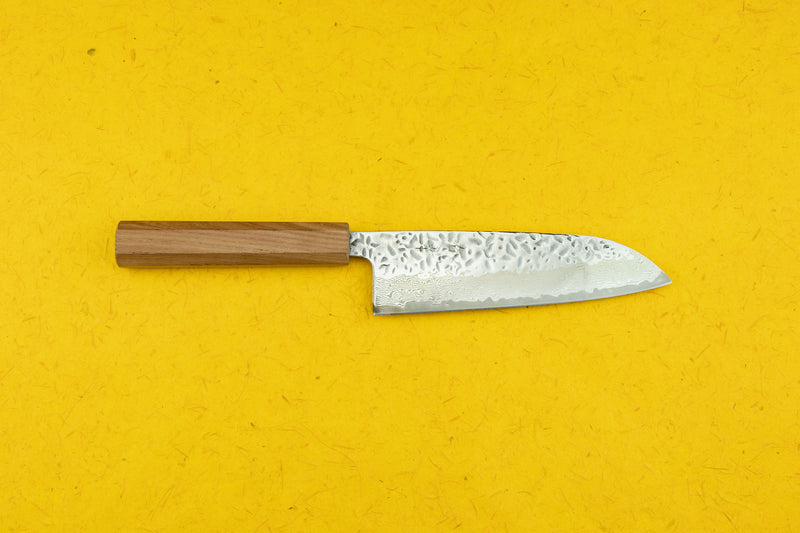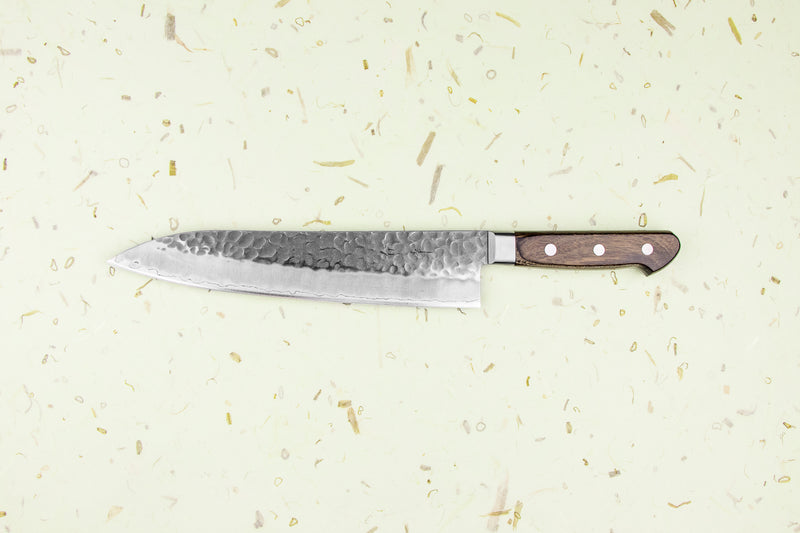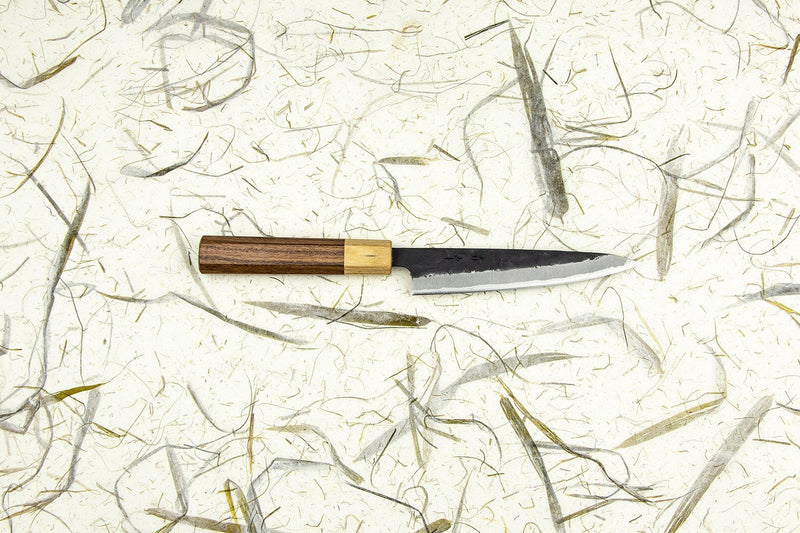
Knifewear's Top 5 Haruyuki Knives
Our love affair with Haruyuki knives started back in the 90s when Knifewear boss-man Kevin Kent — then bearded with long luscious hair, snagged himself a Haruyuki santoku. This knife completely shattered his perception of how sharp knives could get. Fast-forward twenty-some years, and Haruyuki Knives is one of the cornerstone brands in our shop!
Why do we love them? Let me count the ways: They’re gorgeous. They cut like crazy. They’re incredibly well made by hand, but they also don’t cost a fortune!
More customers grab Haruyuki knives for their first serious kitchen blade or to give as a gift than any other line in our shop. Their good looks, low maintenance, and great price are a triple threat that is difficult to resist. But which Haruyuki knife to choose? There are so many shapes, lines, and sizes that it can be tough to know if you’re making the right choice. Worry not; we’re here to help with our five favourite Haruyuki knives!









